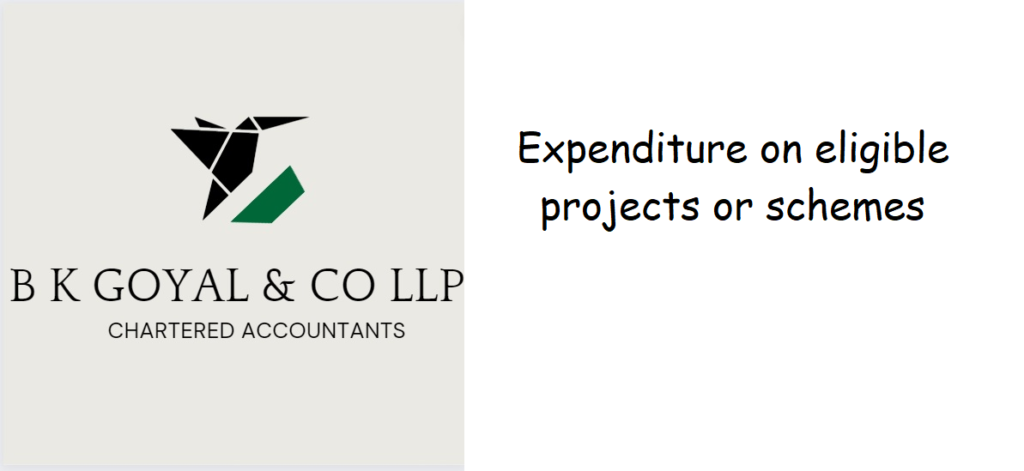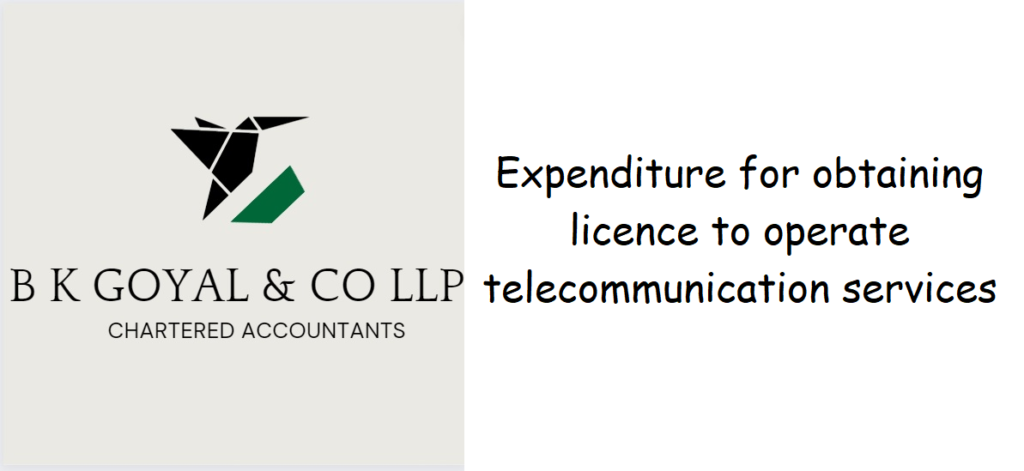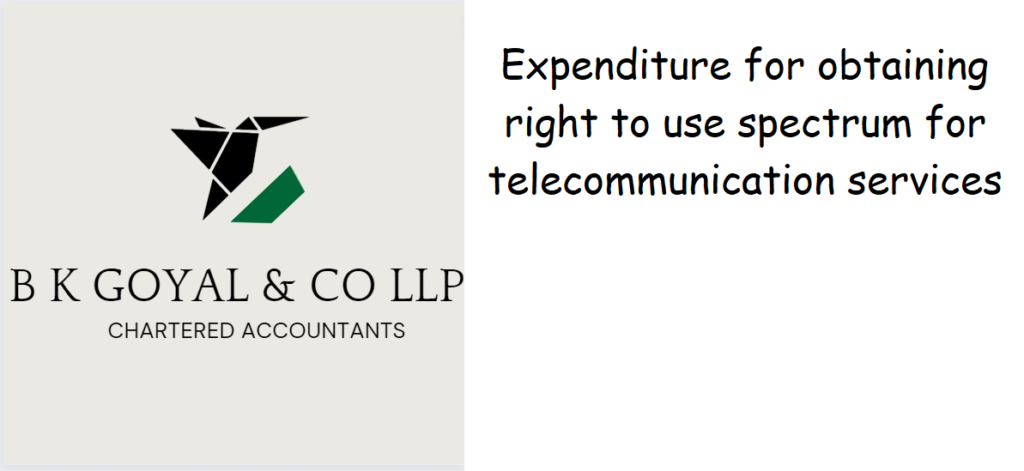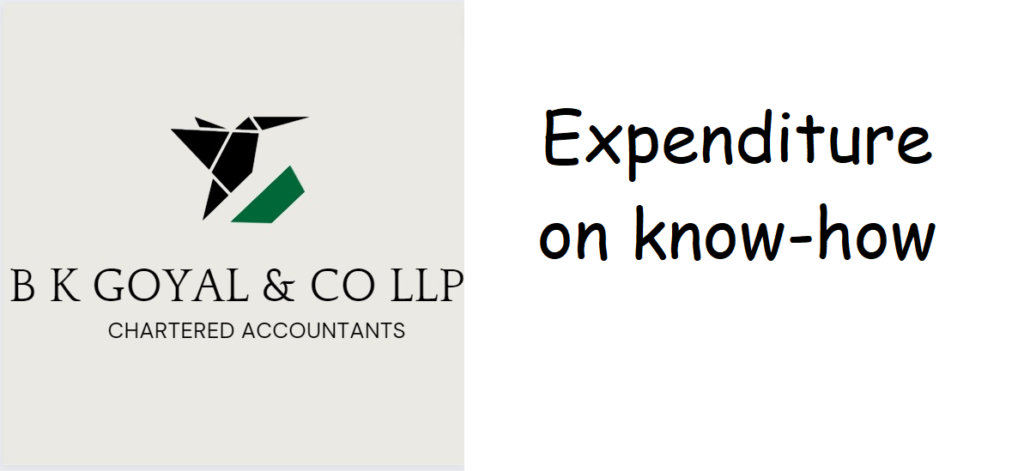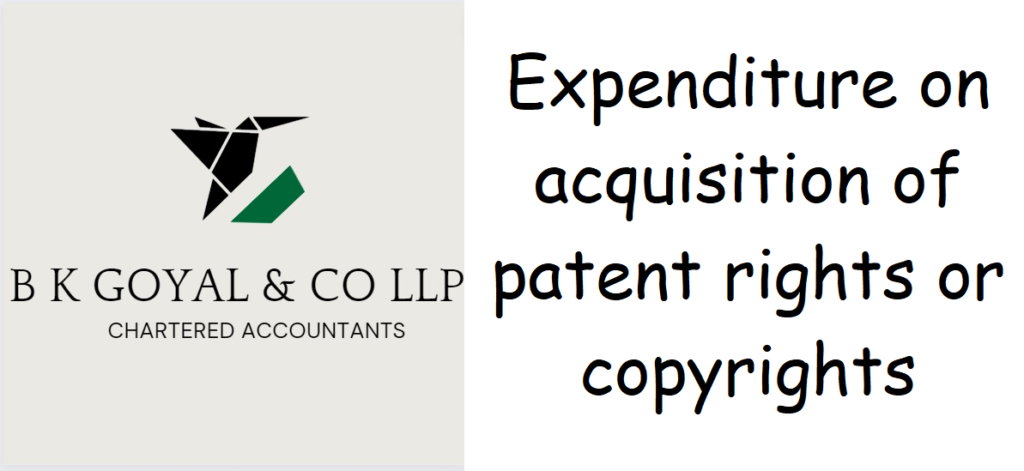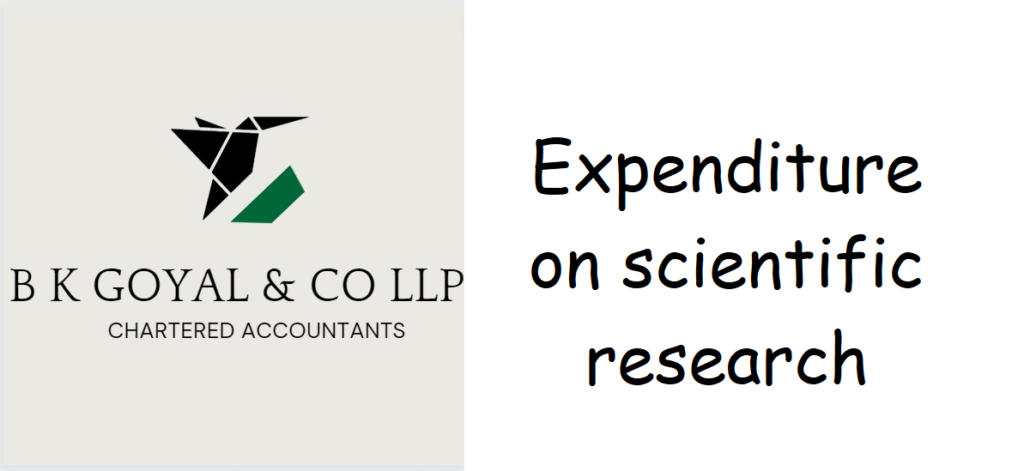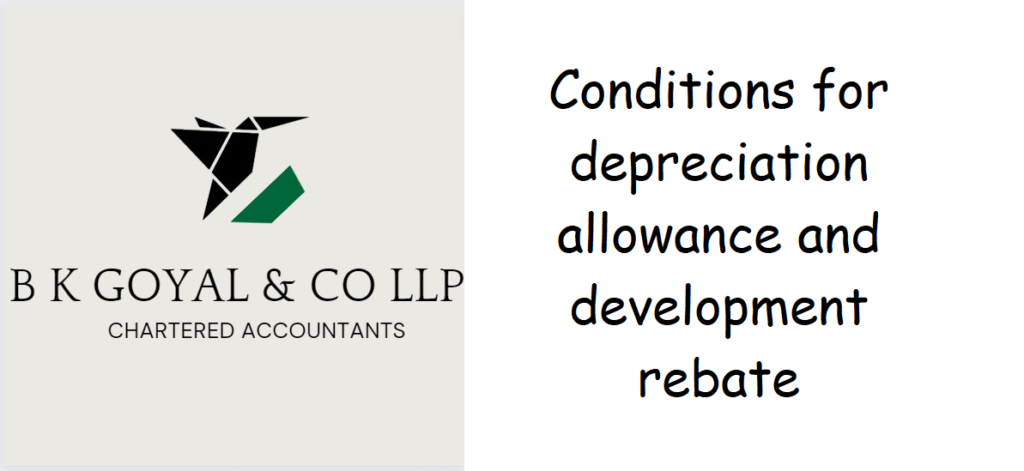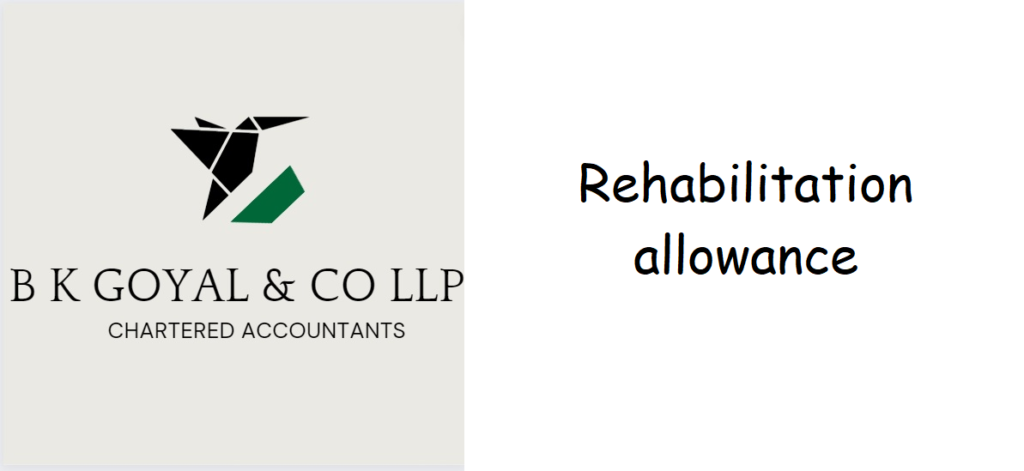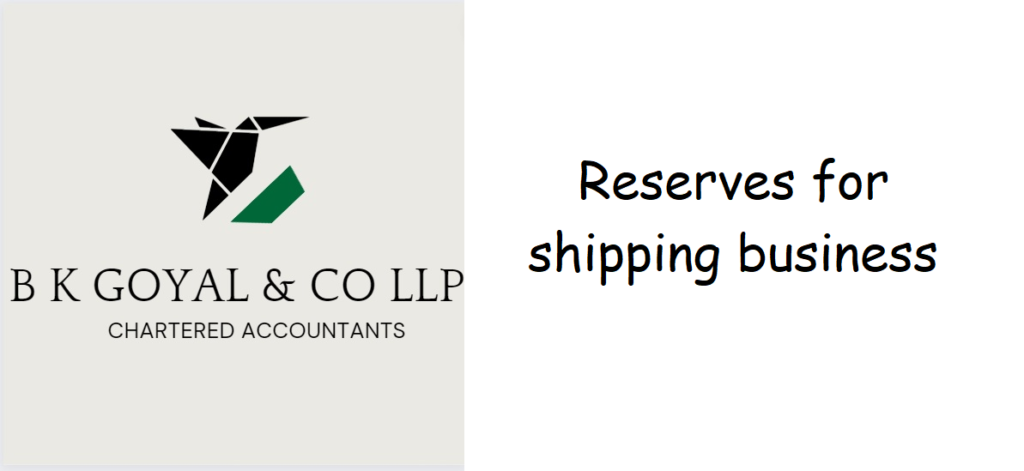Expenditure on eligible projects or schemes
Are you looking to understand about Expenditure on eligible projects or schemes ? This detailed article will tell you all about Expenditure on eligible projects or schemes. Hi, my name is Shruti Goyal, I have been working in the field of Income Tax since 2011. I have a vast experience of filing income tax returns, accounting, tax advisory, tax consultancy, income tax provisions and tax planning. Section 35AC of the Indian Income Tax Act, introduced in 1993, offers an opportunity for individuals and companies to claim tax deductions for the amount spent on eligible projects or schemes. The main objective of this section is to stimulate investment in initiatives that promote social and economic development and benefit the country. In this article, we will examine the provisions and eligibility criteria of Section 35AC in greater detail. Provisions of Section 35AC Section 35AC permits tax deduction for eligible projects or schemes, and this deduction is available to both individuals and companies. The expense must be incurred on approved social and economic projects or schemes, as authorized by the National Committee for the Promotion of Social and Economic Welfare (NCSEW). The tax deduction under Section 35AC can be claimed in the assessment year in which the expenditure is incurred, subject to the timely completion of the project or scheme as specified by the NCSEW. The deduction is not available for expenses incurred after the project’s completion. Eligibility criteria for claiming tax deductions To claim tax deductions under Section 35AC, the expenditure must be incurred on eligible projects or schemes that meet the following eligibility criteria: The project or scheme must be sanctioned by the NCSEW. The project or scheme must be related to social and economic development. The project or scheme must not be for the benefit of any particular caste, community, or religion. The project or scheme must be completed within the time frame specified by the NCSEW. The expenditure must be incurred on capital expenditure, excluding land, building, or furniture. The expenditure must be incurred for the purpose of implementing the project or scheme. Examples of eligible projects or schemes Some eligible projects or schemes for claiming tax deductions under Section 35AC include: Establishing and operating a hospital for underprivileged communities. Providing free education to children from disadvantaged backgrounds. Building and managing a residential facility for elderly citizens. Setting up and operating a vocational training center for people with disabilities. Creating and maintaining a public park. Conclusion Section 35AC of the Income Tax Act provides tax deductions for eligible projects or schemes that promote social and economic development in India. To claim these deductions, the projects or schemes must be authorized by the NCSEW and fulfill specific eligibility criteria. It is a valuable measure for individuals and companies who wish to invest in socially responsible initiatives while also reducing their tax liability. section 35AC of Income Tax Act, 1961 Section 35AC, of Income Tax Act, 1961 states that (1) Where an assessee incurs any expenditure by way of payment of any sum to a public sector company or a local authority or to an association or institution approved46 by the National Committee for carrying out any eligible project or scheme, the assessee shall, subject to the provisions of this section, be allowed a deduction of the amount of such expenditure incurred during the previous year : Provided that a company may, for claiming the deduction under this sub-section, incur expenditure either by way of payment of any sum as aforesaid or directly on the eligible project or scheme. (2) The deduction under sub-section (1) shall not be allowed unless the assessee furnishes along with his return of income a certificate— 47(a) where the payment is to a public sector company or a local authority or an association or institution referred to in sub-section (1), from such public sector company or local authority or, as the case may be, association or institution; 48(b) in any other case, from an accountant, as defined in the Explanation below sub-section (2) of section 288, in such form, manner and containing such particulars (including particulars relating to the progress in the work relating to the eligible project or scheme during the previous year) as may be prescribed. Explanation.—The deduction, to which the assessee is entitled in respect of any sum paid to a public sector company or a local authority or to an association or institution for carrying out the eligible project or scheme referred to in this section applies, shall not be denied merely on the ground that subsequent to the payment of such sum by the assessee,— (a) the approval granted to such association or institution has been withdrawn; or (b) the notification notifying the eligible project or scheme carried out by the public sector company or local authority or association or institution has been withdrawn. (3) Where a deduction under this section is claimed and allowed for any assessment year in respect of any expenditure referred to in sub-section (1), deduction shall not be allowed in respect of such expenditure under any other provision of this Act for the same or any other assessment year. (4) Where an association or institution is approved by the National Committee under sub-section (1), and subsequently— (i) that 49[the Principal Chief Commissioner of Income-tax (Exemption) or the Chief Commissioner of Income-tax (Exemption)] is satisfied that the project or the scheme is not being carried on in accordance with all or any of the conditions subject to which approval was granted; or (ii) such association or institution, to which approval has been granted, has not furnished to the 50[Principal Chief Commissioner of Income-tax (Exemption) or the Chief Commissioner of Income-tax (Exemption)], after the end of each financial year, a report in such form and setting forth such particulars and within such time as may be prescribed51, the 50[Principal Chief Commissioner of Income-tax (Exemption) or the Chief Commissioner of Income-tax (Exemption)] may, at any time, after giving a reasonable opportunity of showing cause against the proposed withdrawal to the concerned association or institution, withdraw
Expenditure on eligible projects or schemes Read More »
